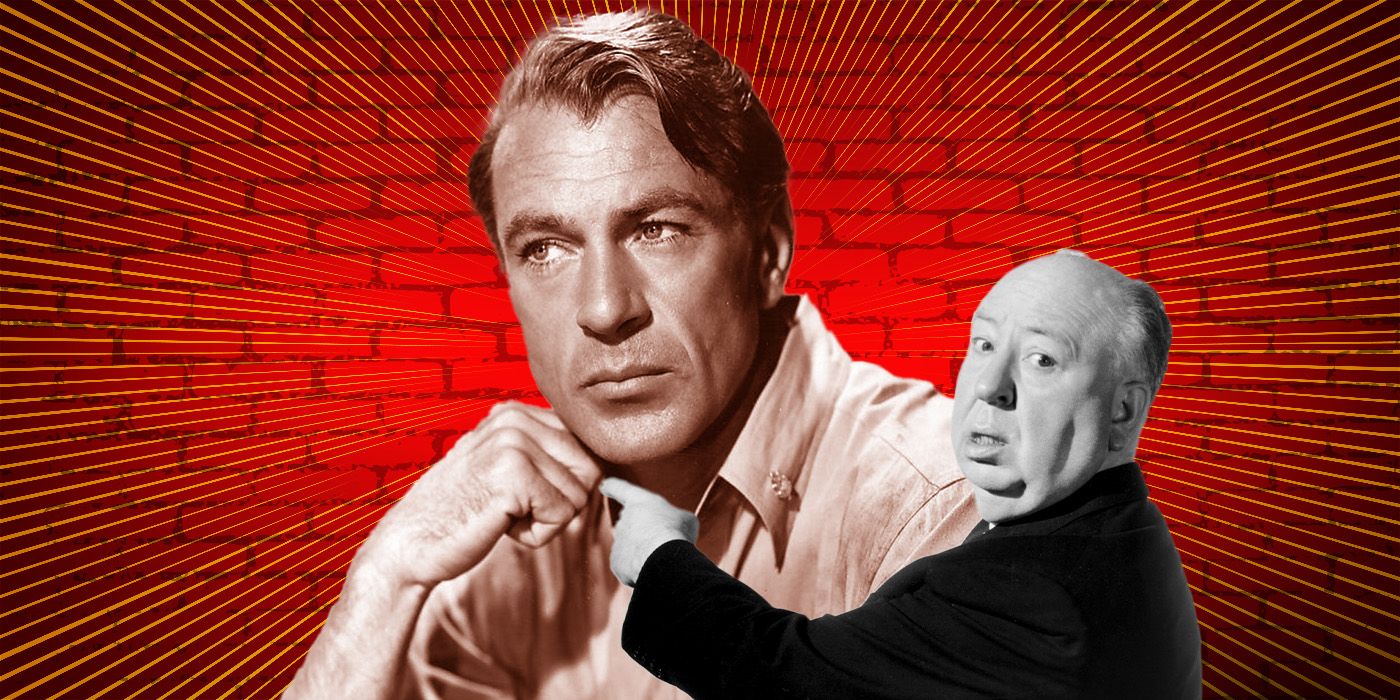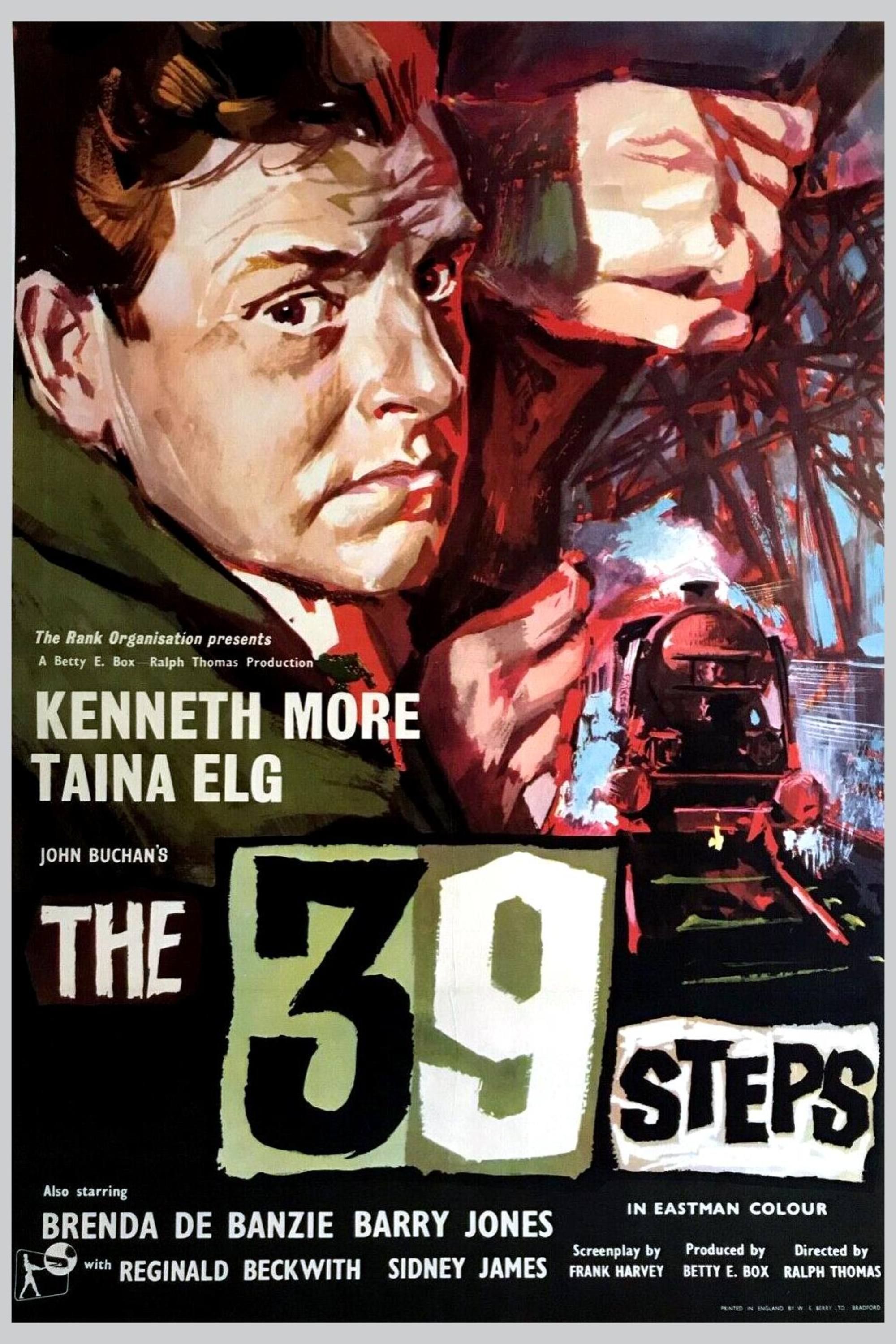This Classic Hitchcock Thriller Is Sitting at 96% on Rotten Tomatoes — So Why Aren’t We Talking About It Right Now?

When one thinks of Alfred Hitchcock, they tend to focus on the splashy Technicolor thrillers he churned out during his 1950s Hollywood heyday. But before that, the Master of Suspense honed his talents in his native England, where he sharpened the technical precision and thematic obsessions that would define him. Perhaps no other title from this period better showcases the filmmaker he would become better than The 39 Steps, his 1935 barn burner filled with action, espionage, and mystery. Within its brisk 86-minute runtime lie the bones of the many tropes that would soon become collectively coined as Hitchcockian: the wrongfully accused man, the icy-blonde love interest, and, of course, the MacGuffin.
‘The 39 Steps’ Was an Early Example of the Classic Hitchcock Thriller
As The 39 Steps opens, Richard Hannay (Robert Donat) watches Mr. Memory (Wylie Watson) recite some of the various facts he’s memorized to a rapt audience. When shots ring out in the Music Hall, Hannay runs off with Annabella Smith (Lucie Mannheim), a British spy who’s trying to prevent the theft of an important military plan known as “The 39 Steps.” When Smith ends up dead in Hannay’s bedroom, he flees to the Scottish Highlands in search of a man with one missing finger who might be key to this supposed plot. While trying to escape via train, he encounters Pamela (Madeleine Carroll), an ordinary woman who becomes his unwitting accomplice when they’re handcuffed together by the police. Although at first she thinks he’s guilty, Pamela eventually grows to trust Hannay, especially when she realizes that the police are working with Professor Jordan (Godfrey Tearle), aka the man with one missing finger, to obtain “The 39 Steps” on behalf of a foreign enemy.

Related
Alfred Hitchcock Always Wanted To Work With This Classic Actor — and We Can’t Believe He Didn’t
The ‘Psycho’ and ‘Rear Window’ director might’ve had a new favorite collaborator.
The plot of The 39 Steps hinges on one of Hitchcock’s favorite narrative devices: the MacGuffin. Simply put, it’s an object or a piece of information that’s vitally important to the characters within the film, but is really nothing more than a means to kick the story into motion. You’d be hard-pressed to find anyone who could tell you what exactly “The 39 Steps” is, because ultimately, it’s irrelevant to your enjoyment of the film. Its importance as a plot mechanism lies solely in how it disrupts Hannay’s ordinary life, forcing him to go on the run and prove its existence in order to clear his name. To that end, Hannay is Hitchcock’s classic wrongfully accused man, much like Farley Granger in Strangers on a Train, Henry Fonda in The Wrong Man, and Cary Grant in North by Northwest. And much like Grant in North by Northwest had Eva Marie Saint, Donat had Carroll, whose blonde hair shines bright even in black-and-white.
‘The 39 Steps’ Is Hitchcock at His Very Best
For most casual fans, Hitchcock’s early British films feel like mere trinkets when held up alongside his late career masterpieces Rear Window, Vertigo, and Psycho, which are defined by his mastery of the camera and skill for mounting set pieces. Yet these small-scale features are foundational building blocks, and many deserve comparison with his best works. That’s especially true of The 39 Steps, which displays Hitchcock’s unique ability to balance action, suspense, romance, and humor, sometimes within the same scene. Take for instance a sequence in which Hannay, desperate to evade capture, wanders into a town hall and is mistaken for a keynote speaker at a political rally. Forced to think on the fly, Hannay improvises a speech in support of the candidate, whose name he doesn’t even know, as Pamela recognizes him as the same man who kissed her on the train when he was first running from the police.
Other set pieces function almost as mini-movies, as when Hannay finds refuge in a Scottish cabin and must convince the wife (Peggy Ashcroft) of a jealous farmer (John Laurie) not to turn him into the police. Or a later scene when Hannay and Pamela must spend the night in a quiet inn, posing as newlyweds and carefully hiding their handcuffs from the friendly innkeeper. Hitchcock’s skills for visual storytelling and balancing tone are on full display in these moments and many others. It’s little wonder Hollywood soon came calling, giving him the tools he needed to craft suspense on a much grander scale.

- Release Date
-
July 31, 1935
- Runtime
-
86 Minutes
- Writers
-
John Buchan, Charles Bennett, Ian Hay
-

-

-

Lucie Mannheim
Miss Smith
-

Godfrey Tearle
Professor Jordan





